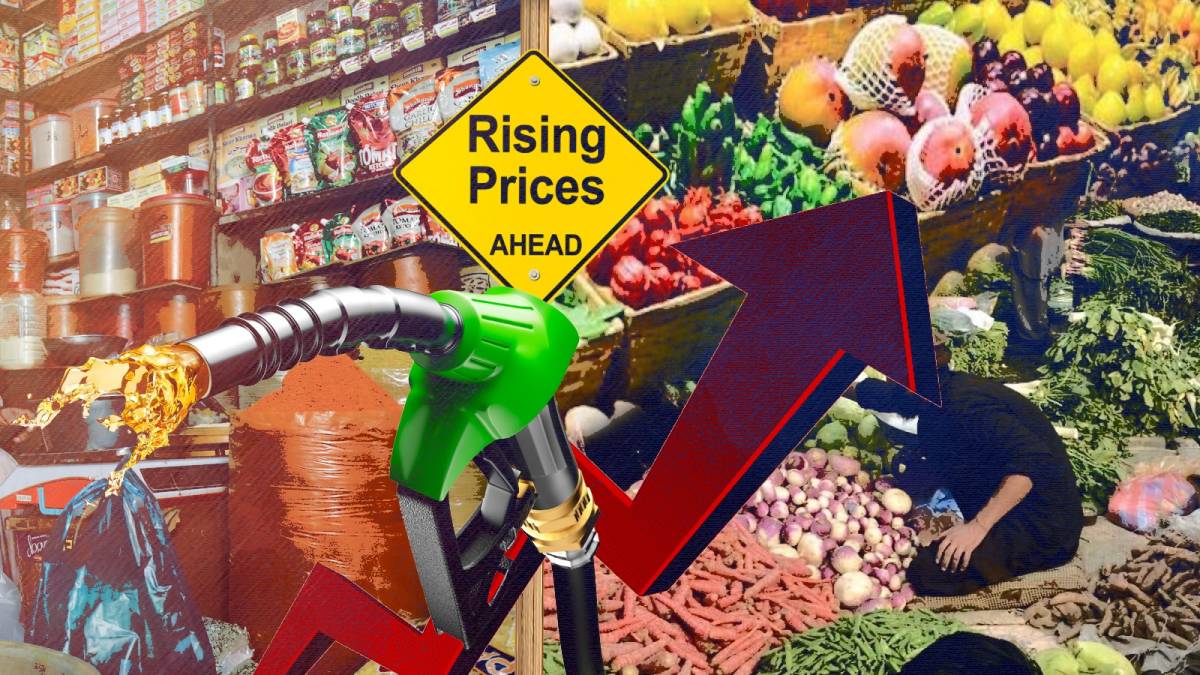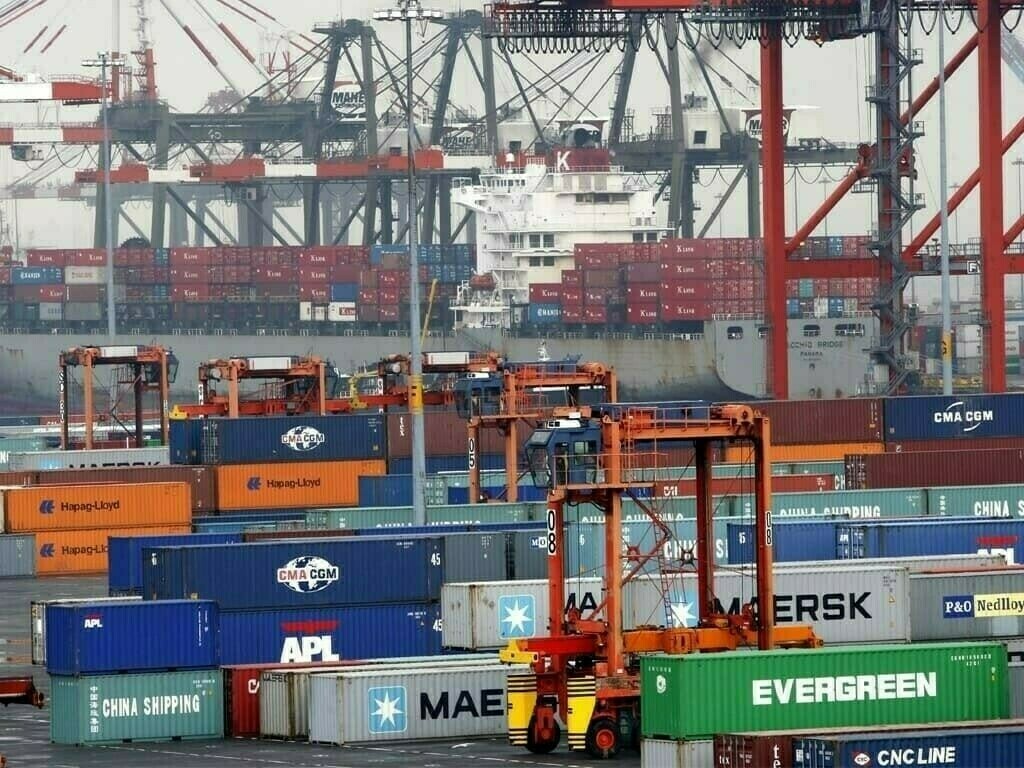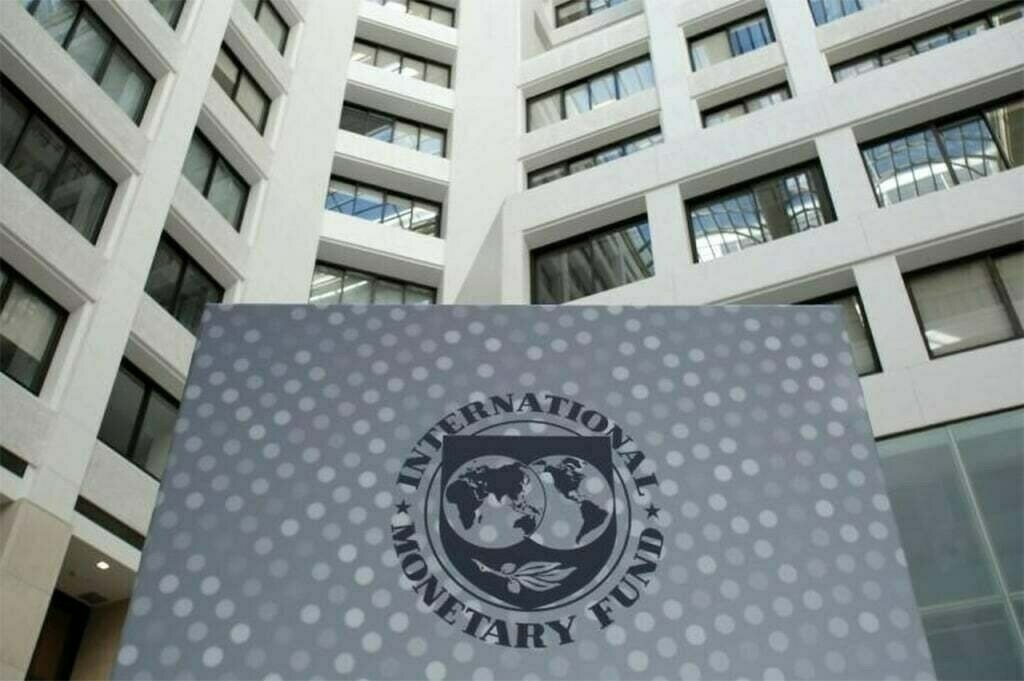PTBP Web Desk
After a modest rise of 3% year-on-year (YoY) in August, Pakistan’s inflation is projected to rise sharply in September 2025. According to a report released by Topline Securities, headline inflation is expected to reach 6.5%–7% YoY, compared to 3% in August and 6.93% in September 2024.
On a month-on-month (MoM) basis, inflation is estimated to climb 3.1%, marking the highest monthly increase in over two years. Analysts note that the surge is primarily linked to food price hikes triggered by the recent floods.
Topline Securities highlighted that the 3.1% MoM increase would be the steepest in 26 months, while the YoY reading would mark the highest in 11 months.
The report attributed this sharp jump to an 8.75% rise in food prices, which could represent an all-time high MoM increase for the segment. The devastation caused by floods in Punjab and other densely populated areas has disrupted food supplies, leading to significant shortages.
The breakdown of commodity prices shows how widespread the impact has been:
- Tomatoes: +122%
- Wheat: +49%
- Wheat flour: +39%
- Onions: +35%
- Potatoes: +5.4%
- Rice: +4.3%
- Chicken: +4.1%
- Eggs: +3.5%
- Sugar: +2.7%
While staples like wheat and vegetables have seen extraordinary increases, fruits remained largely stable, and vegetable prices as a whole were expected to decline by nearly 10% MoM due to improved supplies in certain markets.
The ongoing extended monsoon season has intensified flooding across Pakistan since late June 2025. The situation escalated in September, particularly in Punjab, which is one of the country’s main food-producing regions.
These floods have severely disrupted transportation and supply chains, reducing the availability of essential food items and pushing up retail prices nationwide.
Interestingly, not all categories contributed to the inflation surge. The housing, water, electricity, and gas category fell 0.24% MoM in September 2025.
This decline was mainly due to lower electricity charges, as the government implemented:
- A Quarterly Tariff Adjustment (QTA) of Rs1.8881/kWh for August–October.
- A Fuel Charges Adjustment (FCA) of Rs-1.7856/kWh, compared to Re0.7772/kWh in August.
However, the relief from electricity costs was partly offset by a 2.75% rise in Liquefied Petroleum Gas (LPG) prices.
Just days before these inflation projections, the Monetary Policy Committee (MPC) of the State Bank of Pakistan (SBP) decided to maintain the policy rate at 11%.
The SBP cited the floods as a major factor behind near-term economic instability. While the unchanged policy rate provides temporary relief for borrowers, analysts suggest that sustained food price inflation could pressure the central bank to reconsider its stance.
With inflation projected at 6.5%–7%, real interest rates in Pakistan are expected to surge to 400–450 basis points (bps), well above the historic average of 200–300 bps.
Such a sharp increase in real rates could have mixed implications:
- On one hand, it reinforces stability for savers.
- On the other hand, it could discourage investment in an already fragile economy.
Topline Securities also warned that shifts in international commodity prices remain a significant factor that could alter Pakistan’s inflation trajectory. If global oil, wheat, or rice prices rise further, the domestic inflationary pressure may intensify.
Conversely, any softening in global markets could provide Pakistan some respite.
The projected 6.5%–7% inflation rate in September 2025 underlines Pakistan’s growing economic vulnerabilities. Flood-driven disruptions in food supplies are the leading factor, compounded by structural weaknesses in agriculture and logistics.
While some relief has come through reduced electricity tariffs, the broader inflationary trend is concerning. To stabilize prices, Pakistan will need a mix of disaster management, better food supply chain mechanisms, and consistent monetary policy.
As floods continue to impact millions across Punjab and beyond, the government and policymakers face a challenging balancing act: protecting citizens from inflation while ensuring long-term economic resilience.




